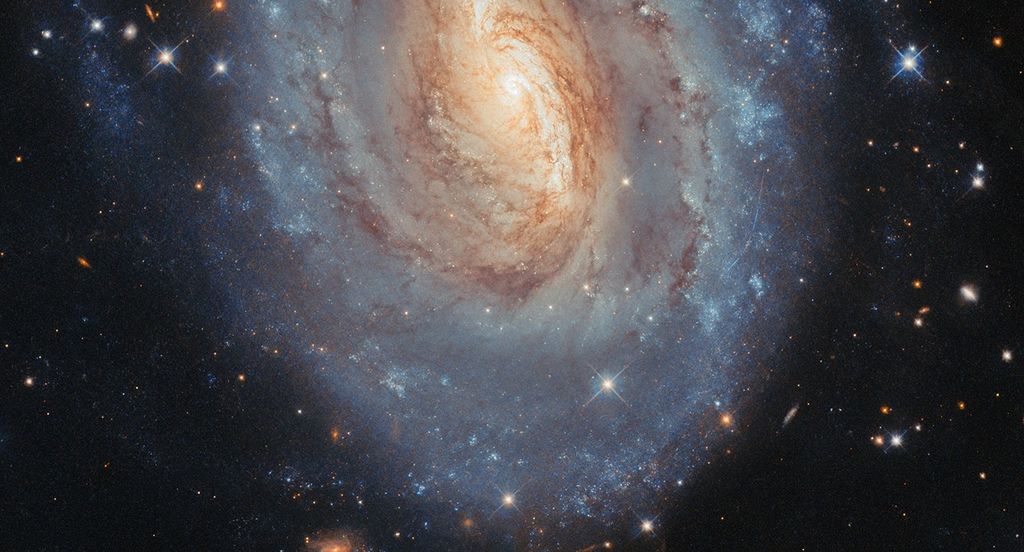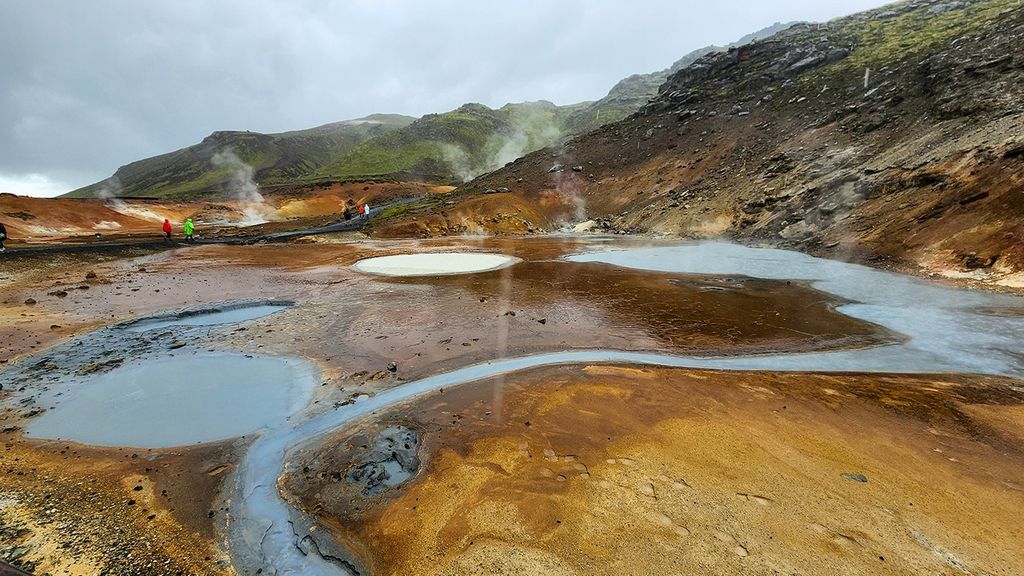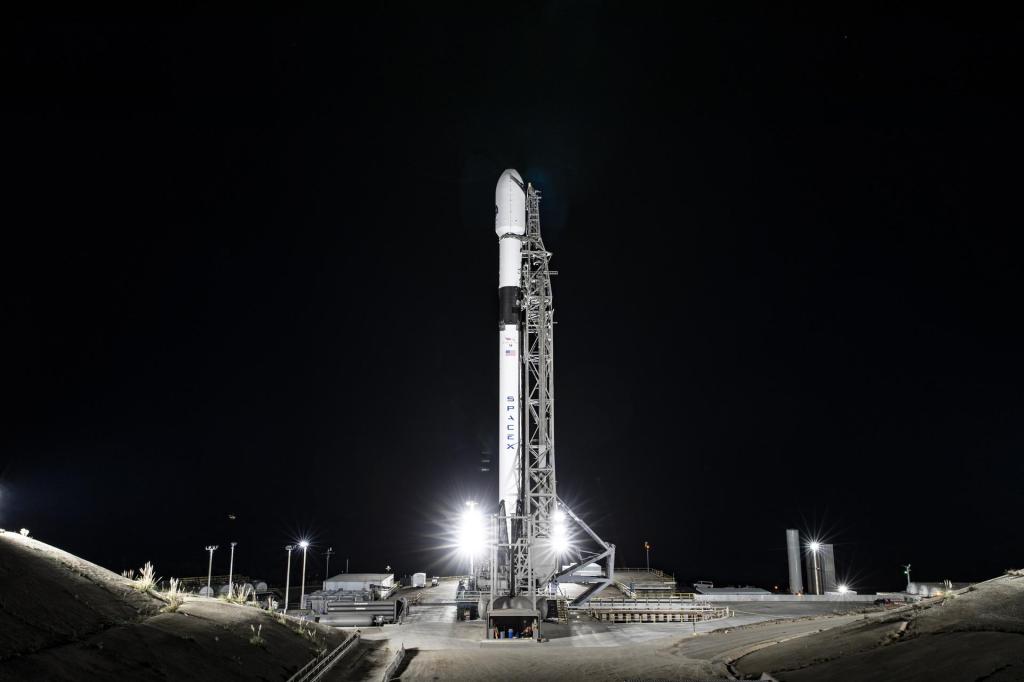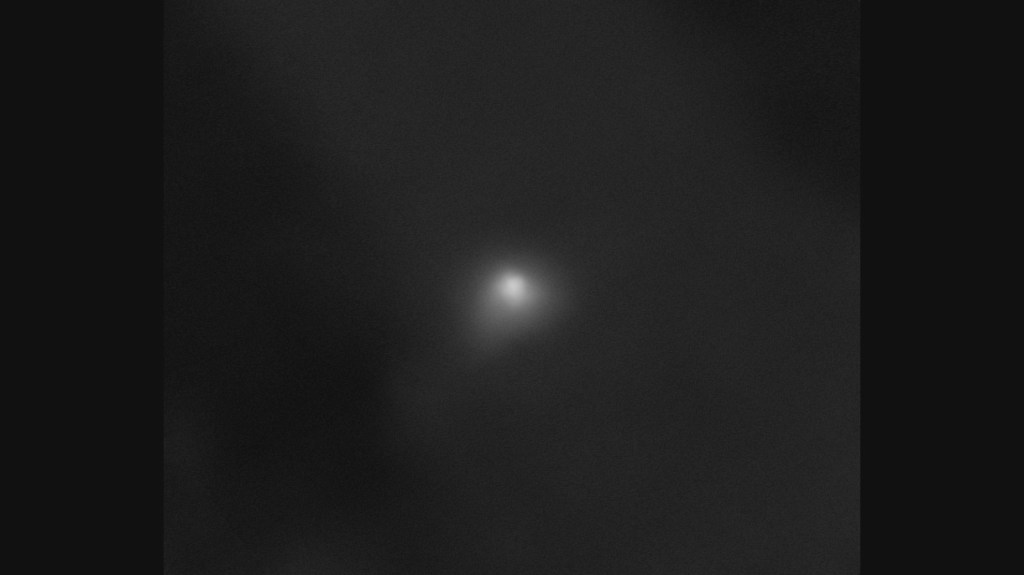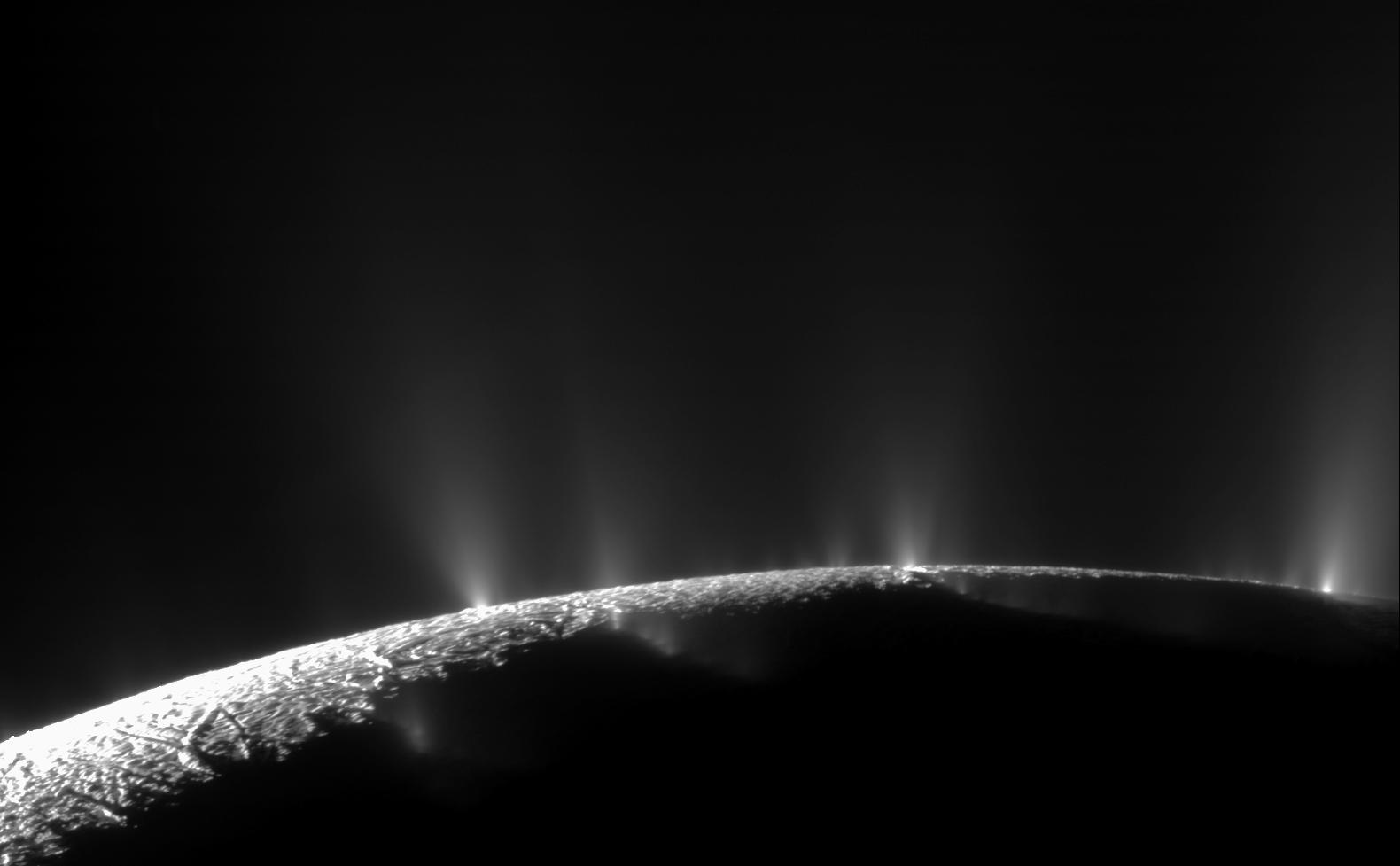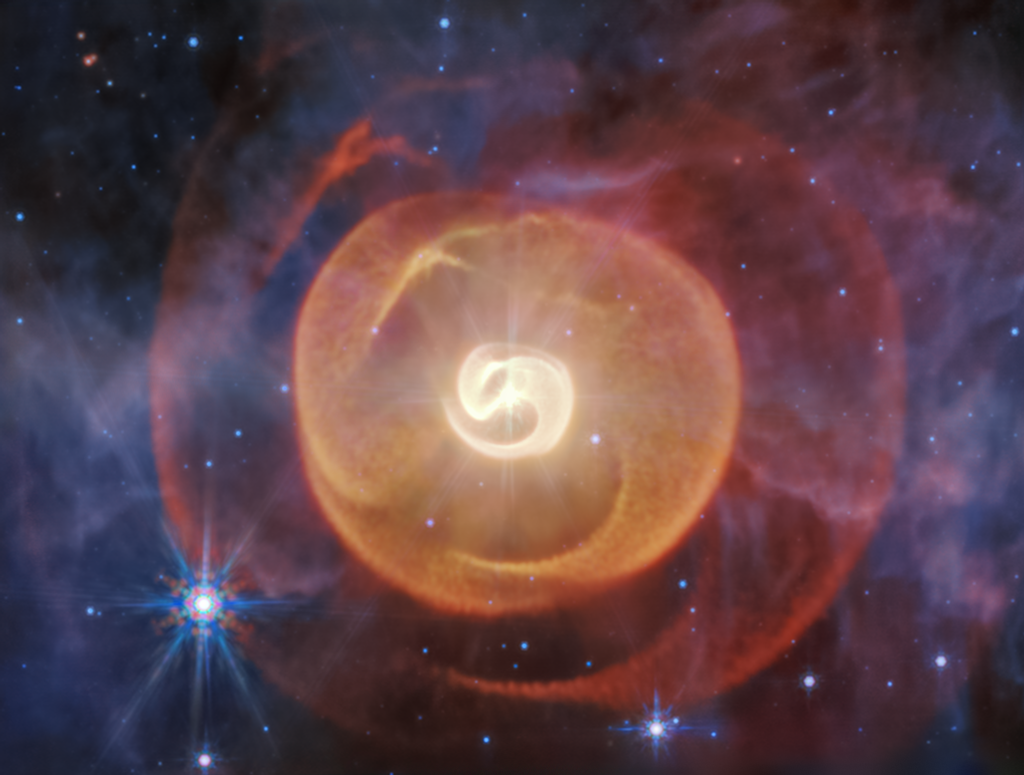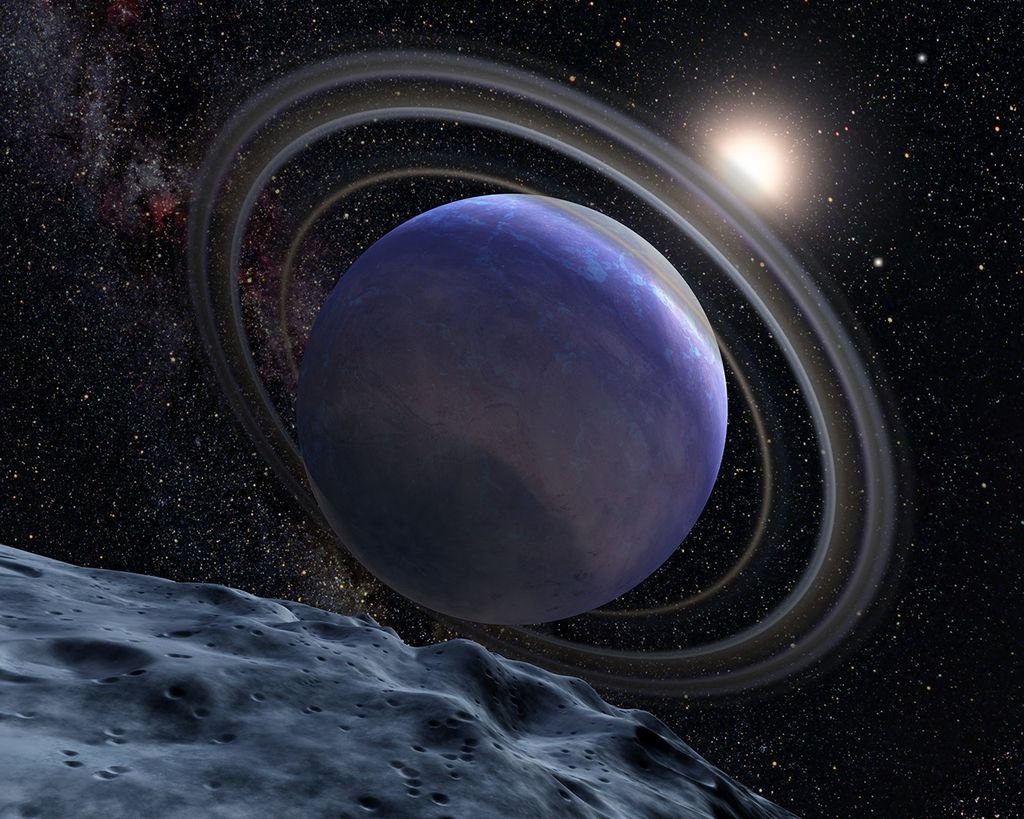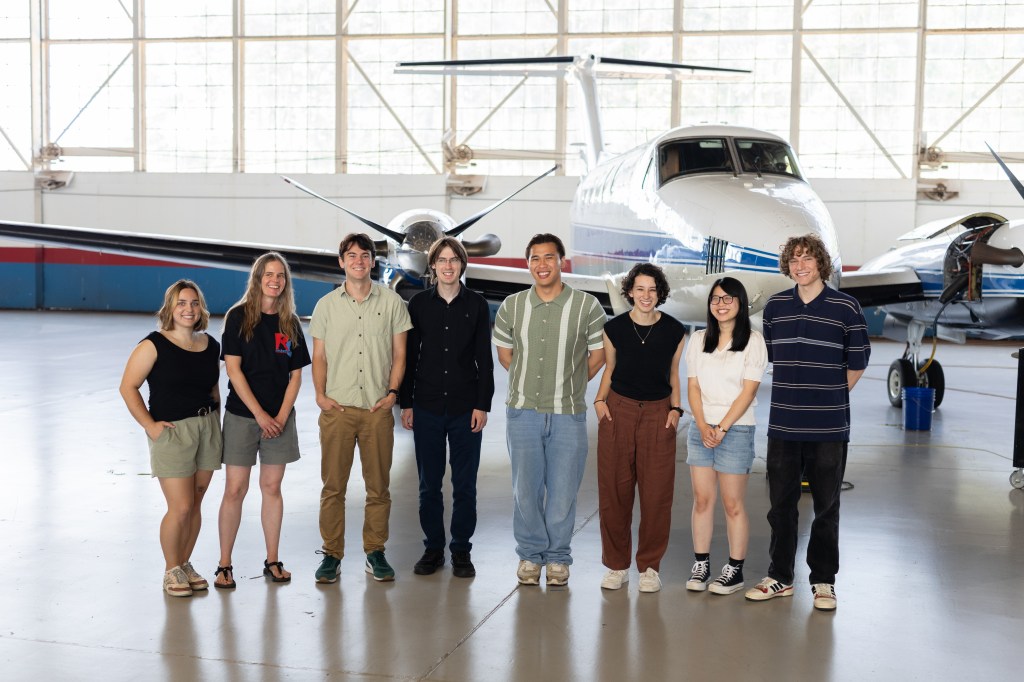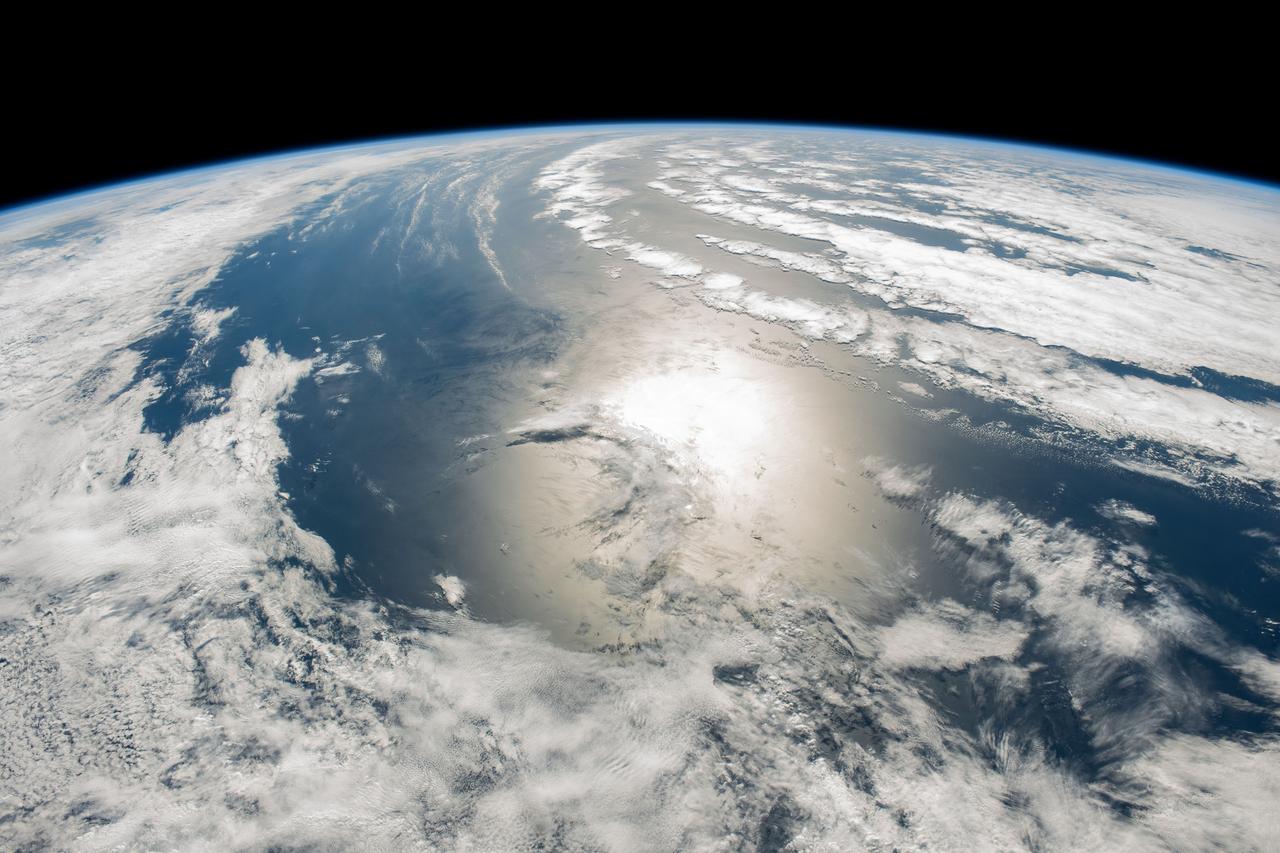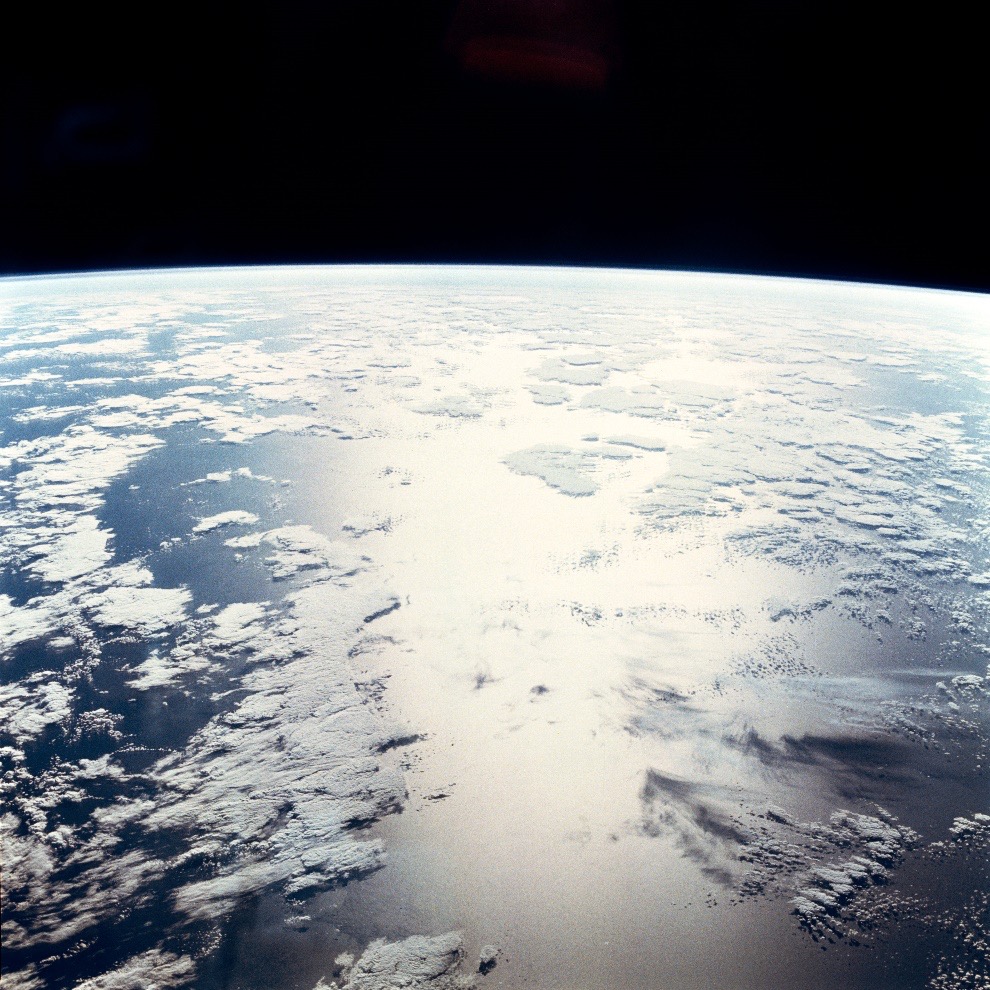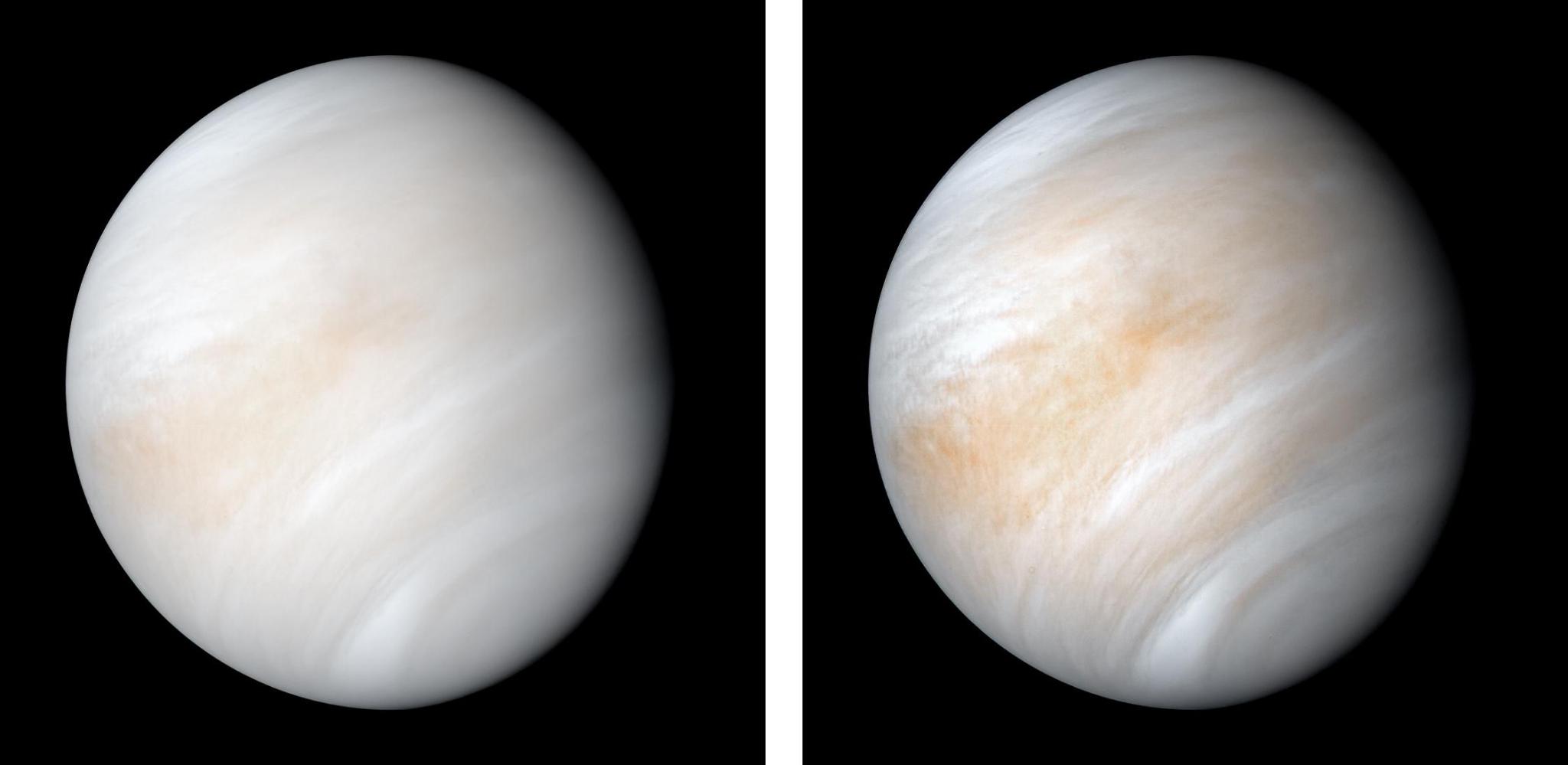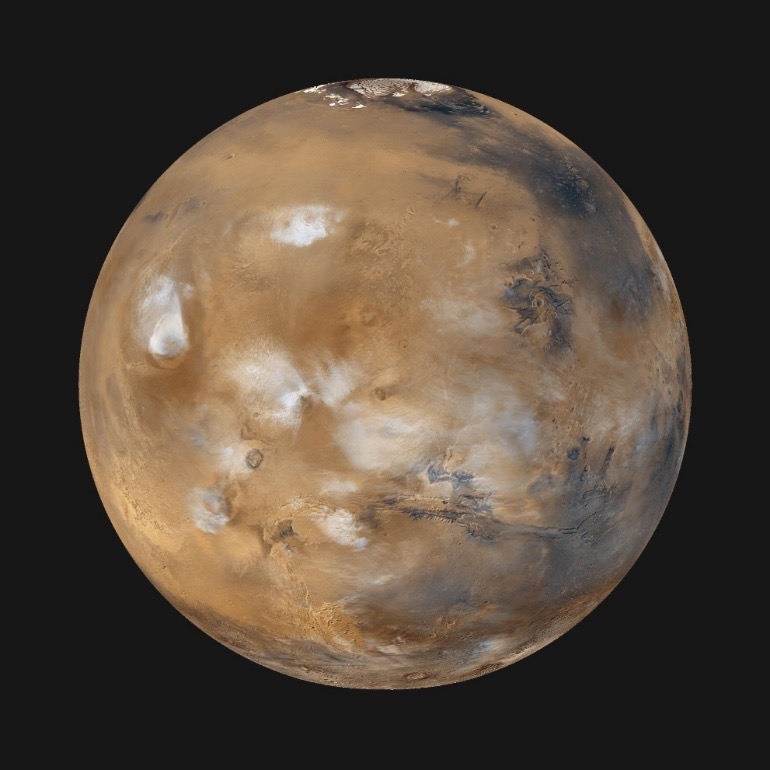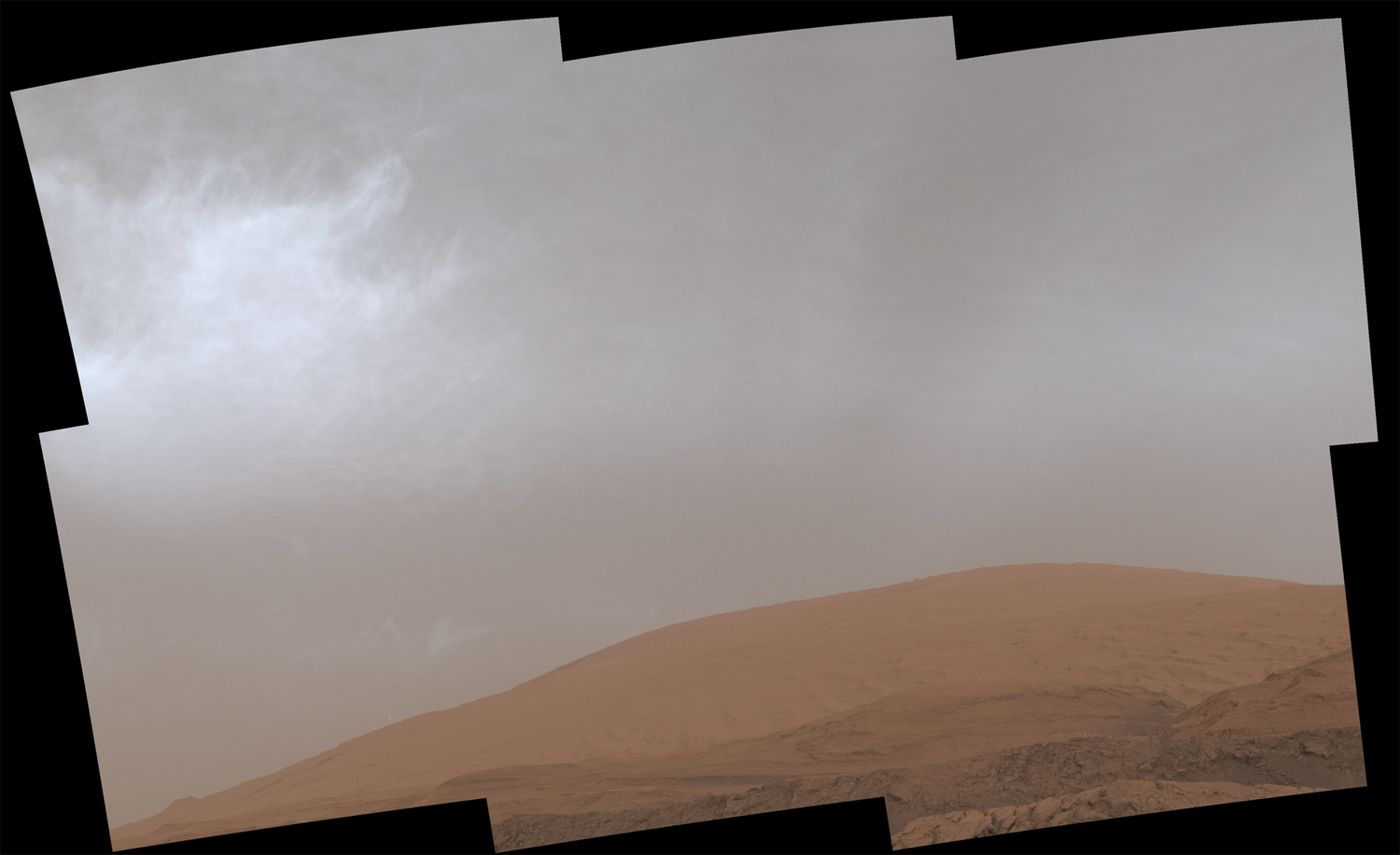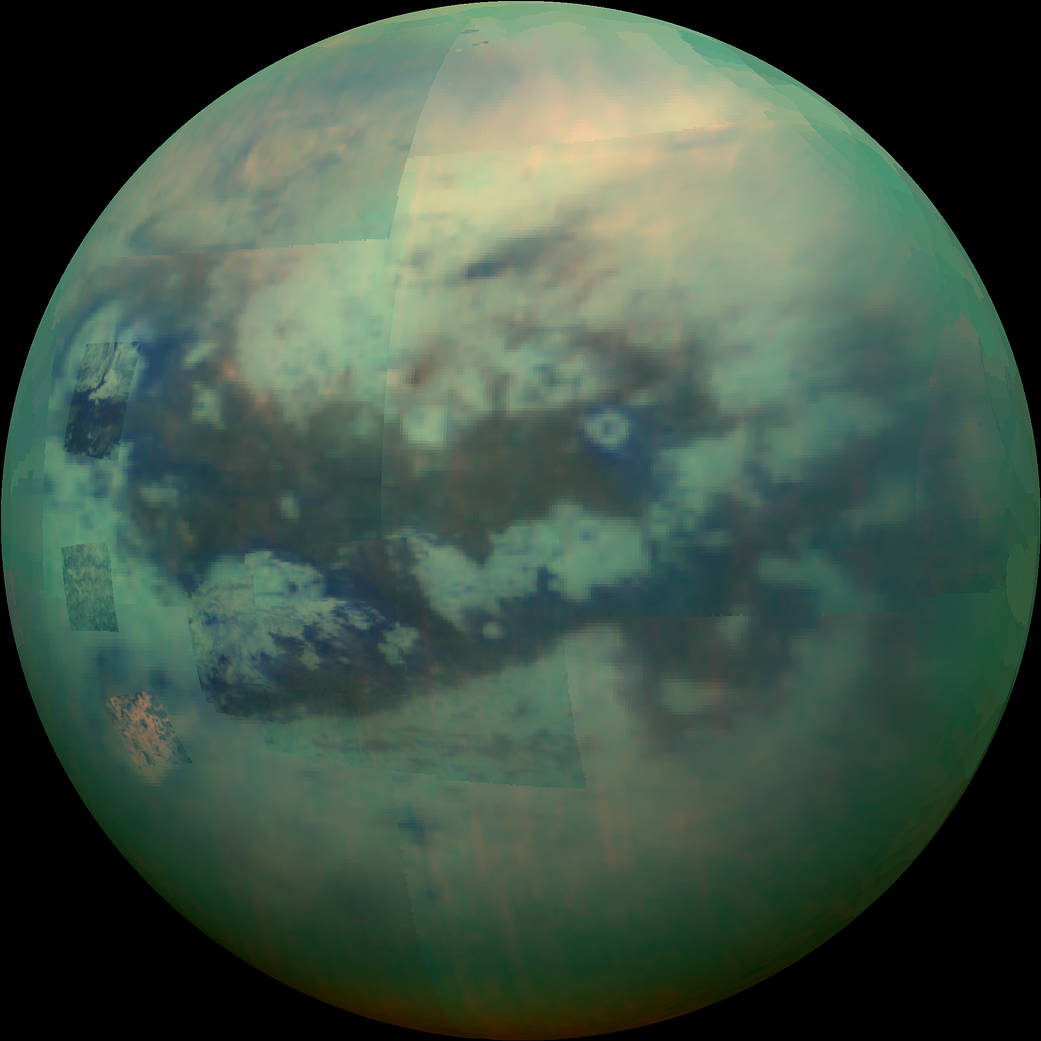Clouds on Earth
Clouds on Earth are formations in the atmosphere composed of water droplets or ice crystals suspended in the air. They originate from the evaporation of liquid water from Earth’s surface, which transforms into water vapor — a gas. As the warm, moist air rises and cools, the water vapor condenses around tiny particles called aerosols. These aerosols act as nuclei for cloud droplets to form. Over time, these droplets accumulate and become visible as clouds. When the droplets grow heavy enough, they fall to the ground as precipitation due to gravity. Clouds have a significant impact on Earth’s climate dynamics; they reflect incoming solar radiation back into space, which can cool the planet, and they absorb and re-radiate thermal radiation, contributing to the greenhouse effect.
Clouds on Other Planets
Planetary clouds exhibit diverse compositions and behaviors due to varying atmospheric conditions:
Venus
Venusian clouds are primarily composed of sulfuric acid and cover the entire planet. These clouds reflect a substantial amount of sunlight, contributing to Venus’s high albedo and intense greenhouse effect.
Mars
Clouds on Mars consist mainly of ice water and carbon dioxide. They are often observed in regions with significant topographical features, particularly when Mars is farthest from the sun (aphelion).
Jupiter and Saturn
These gas giants have complex cloud layers. Deeper clouds are formed of water ice, while higher layers consist of compounds like ammonium hydrosulfide and ammonia ice.
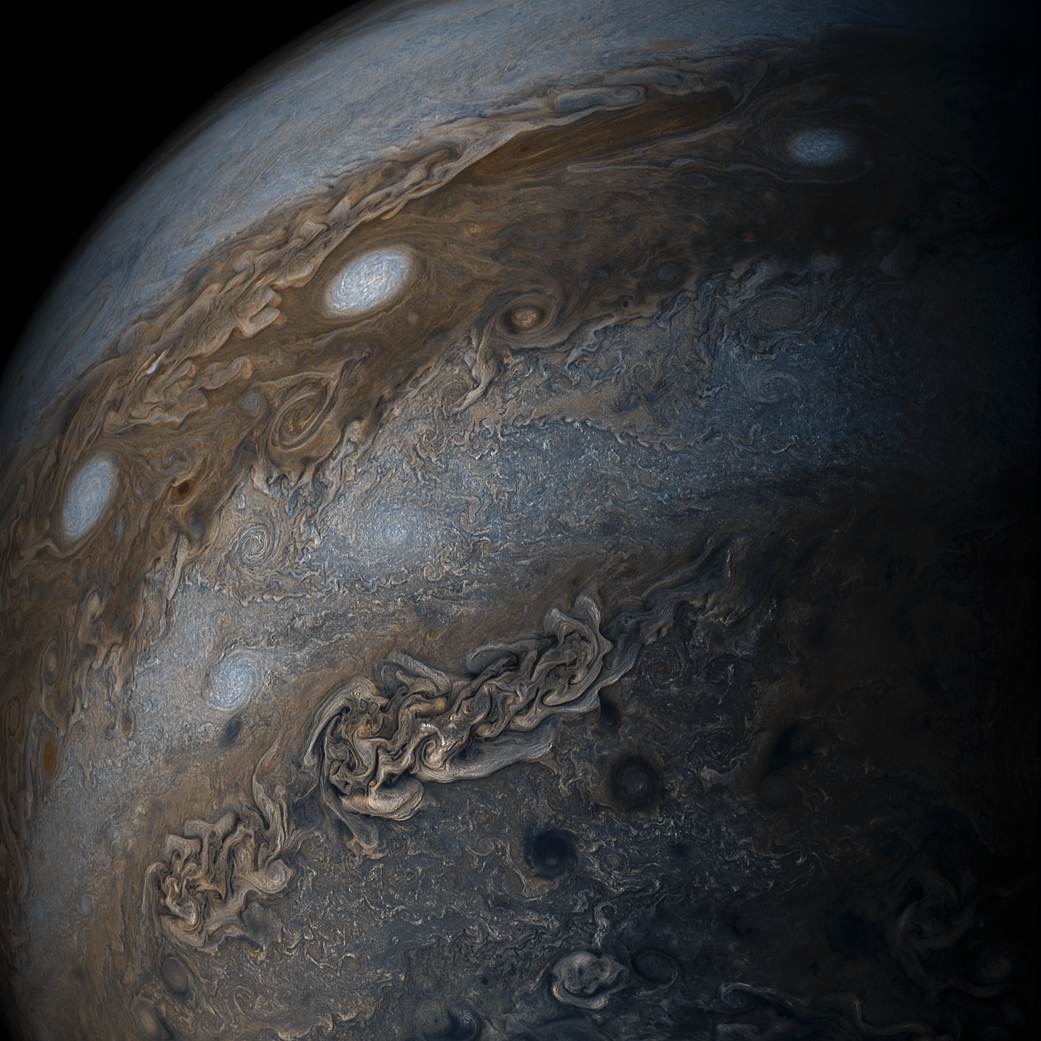
Titan (Saturn’s Moon)
Titan’s atmosphere features methane clouds in the troposphere.
Uranus and Neptune
These ice giants possess distinct cloud compositions at different atmospheric levels. Clouds are primarily composed of water ammonia solution at lower cloud layers and transition to water ice and methane ice clouds at higher altitudes.
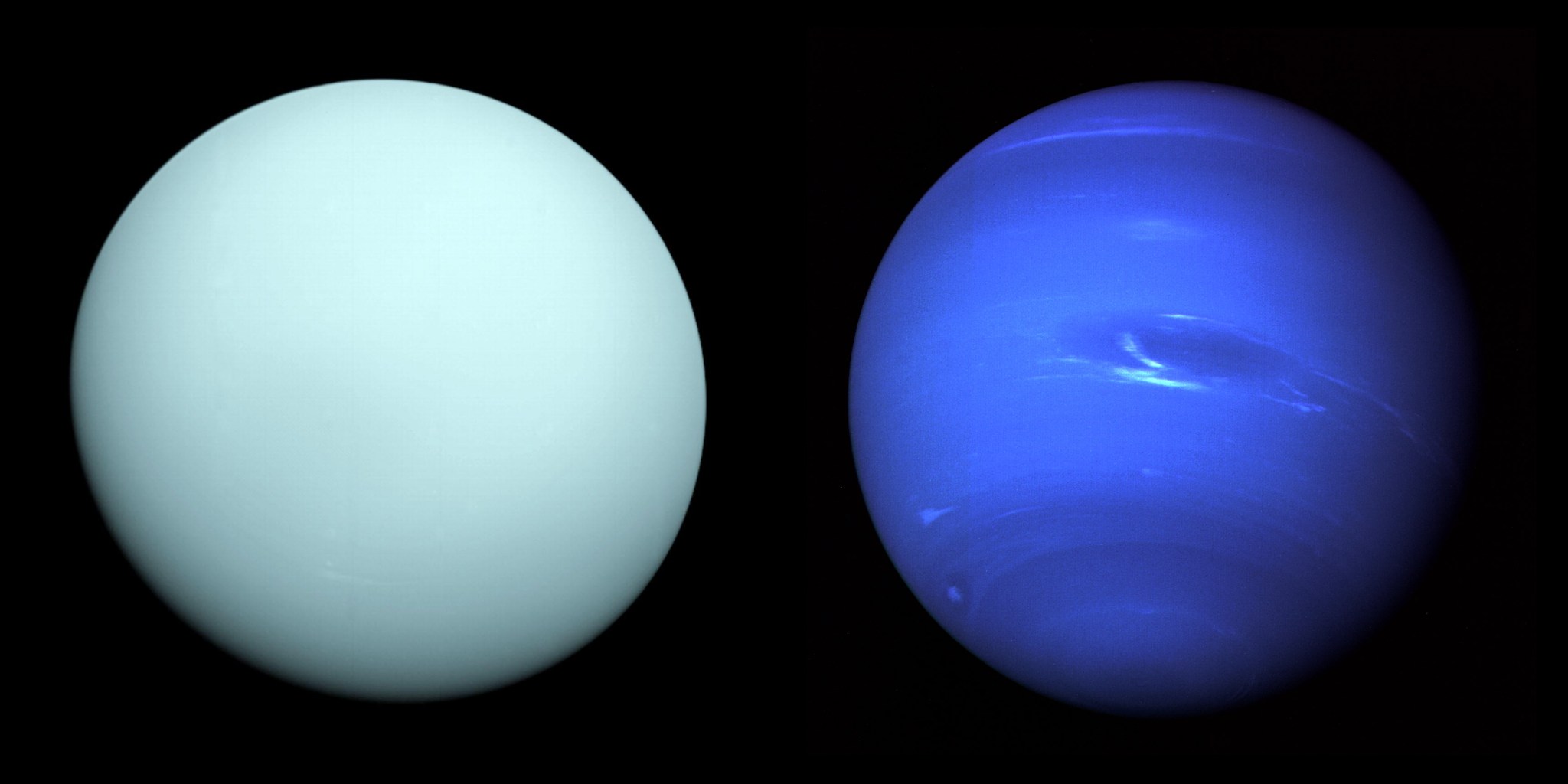
Research Challenges and Future Endeavors
While our understanding of Earth’s clouds is extensive relative to clouds in other planetary systems, studying clouds on other planets remains challenging due to limited direct observations and remote sensing capabilities. Cloud chambers have been built to better understand cloud properties on Earth at several research organizations. The Planetary Cloud and Aerosol Research Facility aims to advance our knowledge by exploring aerosol-cloud interactions in diverse planetary atmospheres, contributing to our broader understanding of planetary climate systems.
References
- Atreya, S. K., Wong, M. H., Owen, T. C., Mahaffy, P. R., Niemann, H. B., De Pater, I., … & Encrenaz, T. (1999). A comparison of the atmospheres of Jupiter and Saturn: deep atmospheric composition, cloud structure, vertical mixing, and origin. Planetary and Space Science, 47(10-11), 1243-1262.
- Griffith, C. A., Penteado, P., Rodriguez, S., Le Mouélic, S., Baines, K. H., Buratti, B., … & Sotin, C. (2009). Characterization of clouds in Titan’s tropical atmosphere. The Astrophysical Journal, 702(2), L105.
- Moses, J. I., Cavalié, T., Fletcher, L. N., & Roman, M. T. (2020). Atmospheric chemistry on Uranus and Neptune. Philosophical transactions of the royal society A, 378(2187), 20190477.
- Ramanathan, V. L. R. D., Cess, R. D., Harrison, E. F., Minnis, P., Barkstrom, B. R., Ahmad, E., & Hartmann, D. (1989). Cloud-radiative forcing and climate: Results from the Earth Radiation Budget Experiment. Science, 243(4887), 57-63.
- Read, P. L., Lewis, S. R., & Mulholland, D. P. (2015). The physics of Martian weather and climate: a review. Reports on Progress in Physics, 78(12), 125901.
- Titov, D. V., Ignatiev, N. I., McGouldrick, K., Wilquet, V., & Wilson, C. F. (2018). Clouds and hazes of Venus. Space Science Reviews, 214, 1-61.

